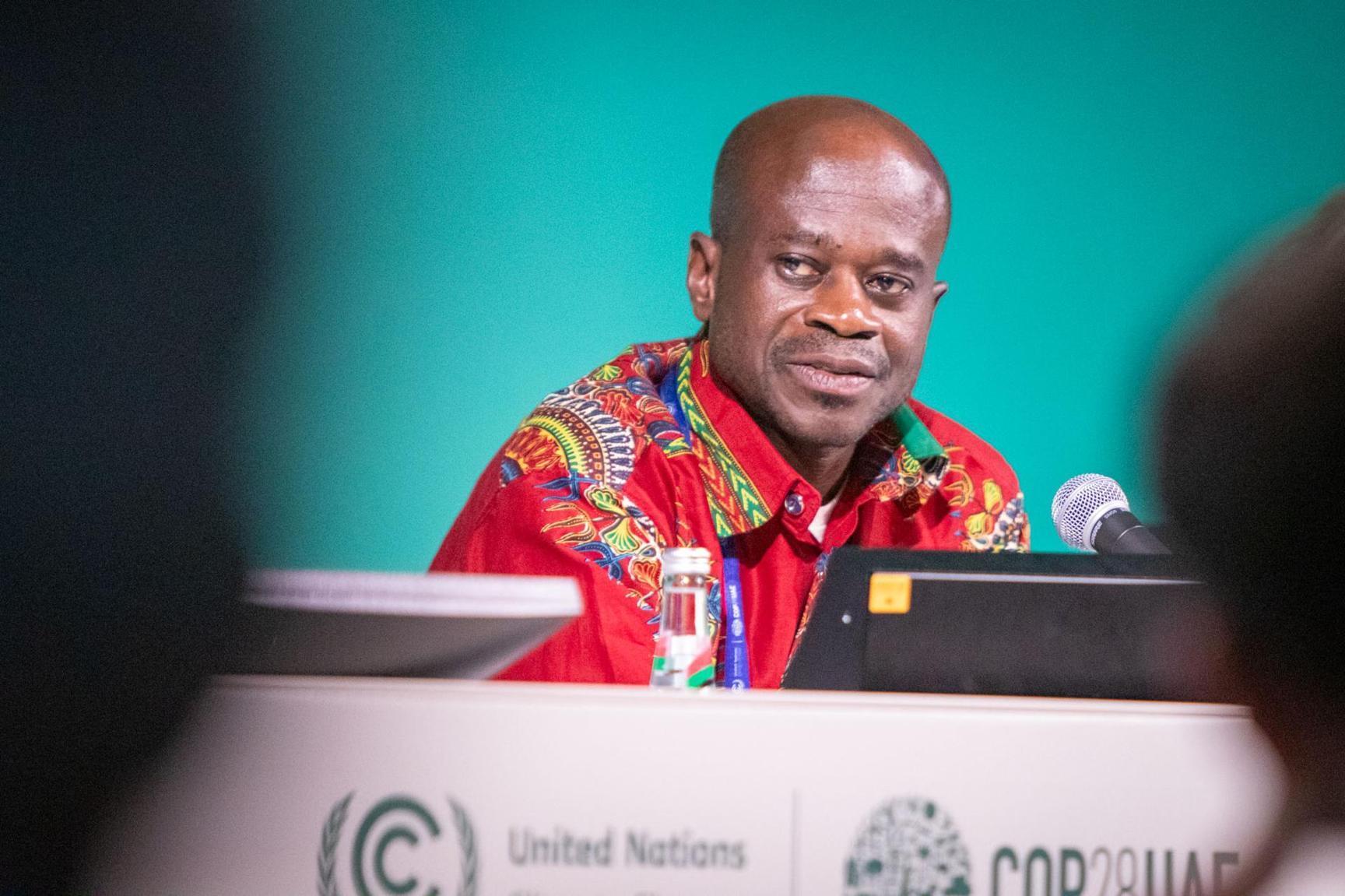Africa-Press – Ghana. Ghana is advancing efforts to integrate climate adaptation into development planning, but financial constraints continue to hinder full execution.
Progress has been driven by the National Adaptation Planning (NAP) Project, led by the Environmental Protection Agency (EPA) in collaboration with sectoral partners. Since its inception in 2020, the initiative has established crucial foundations for long-term resilience.
“The NAPs have helped us develop technical structures and planning tools that embed climate thinking into Ghana’s policy and development processes,” Nana Dr Antwi-Boasiako Amoah, NAP Project Coordinator told the Ghana News Agency in Accra.
He said the EPA has developed national climate projections and ecosystem-specific scenarios to guide decisions at all levels of government.
“You do not plan in a vacuum. We’ve developed projections and completed vulnerability assessments for more than 40 Metropolitan, Municipal, and District Assemblies (MMDAs),” he said, noting that these will now inform localised adaptation strategies.
Dr Amoah also noted that the NAP partly supported the groundwork for the recently passed EPA Act, which now included climate change as part of its statutory mandate.
“The previous Act didn’t reference climate change. Now, structurally, we have the legal backing to coordinate climate activities at both national and sub-national levels,” he emphasised.
As part of its outreach, the NAP has supported climate change public awareness campaigns and the creation of a Climate Ambassador System, which mobilises influential voices from traditional authorities, the media, religious leaders, and the security services to champion climate action.
The project has also engaged the private sector, including banks and financial institutions, to assess climate risks to their operations and to promote climate-resilient investment decisions.
“That engagement has led to increased awareness and action among financial institutions,” Dr Amoah noted.
Despite these gains, he acknowledged that key gaps persist, particularly around funding, public awareness, and investment planning.
“There are still capacity challenges across our 261 assemblies. Equipping them with the tools and knowledge to implement climate-resilient plans requires substantial resources,” he said.
Dr Amoah said low public environmental literacy remained a challenge and addressing it was a resource-intensive task.
“Costing adaptation measures is not cheap. Assigning economic value to non-market benefits, like ecosystem services, remains a major barrier to mobilizing adaptation finance,” he explained.
Dr Amoah appealed to Ghana’s development partners to sustain the support for adaptation initiatives and help bridge the financing gap, explaining that there was a thin line between development and climate adaptation.
“Climate change can erode development gains in the country in Ghana’s development agenda is not intentional with climate resilient investments”, he stressed further.
“We have laid a strong foundation. Now we need the funding to move from planning to implementation,” he added.
Ghana’s NAP is primarily financed by the Green Climate Fund (GCF), alongside contributions from the NAP Global Network, IISD, UNCDF’s LoCAL Initiative, WaterAid Ghana, Global Center on Adaptation, SYND, YefL Ghana, and Global Affairs Canada through the SIGRA project.
It promotes evidence-based planning, local ownership, and integration with national policy.
For More News And Analysis About Ghana Follow Africa-Press







